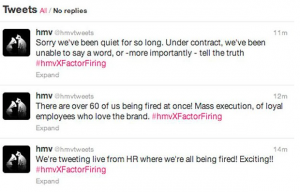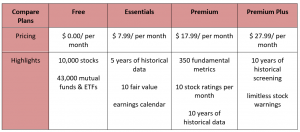In manufacturing and distribution, supply chain logistics drives success, and demand modeling can be a vehicle for growth. In the past, supply chain design was undervalued, and system logistics were rarely revisited. Today, it is a critical function of business, with an emphasis on lean management and continuous improvement.
Lean management is most effective when it comes to identifying supply chain issues and waste like:
- Excessive or inadequate inventory
- Sudden changes in production schedules
- Lack of visibility into future demand
In order to address these problems and coordinate a solution, a system known as “demand modeling” is required.
Practical Tips for Demand Modeling
According to a recent study, improvements in forecasting and planning can increase plant output by 10%, while reducing inventory levels by 20%. In the highly competitive manufacturing and distribution industries, demand modeling is critical to success.
Demand modeling can be used to determine how a supply chain will function under a wide range of conditions, and it’s often used to analyze the trade-offs between cost, risk, and service. The following are some practical tips and uses for demand modeling in the manufacturing and distribution space.
1. Think About Pre-Planned Production
The entire concept behind demand modeling is using current data to predict future outcomes. When information is analyzed and a forecast is developed, various factors can be addressed like:
- Distribution requirements
- Capacity planning
- Inventory levels
- Footprint optimization
- Sales and operations planning
Once these key points are addressed, the planner can then decide when and where production can occur. Production planning resolves the trade-off between capacity, inventory, and labor. Demand modeling and inventory requirements can help determine the long- and short-term effects on capacity.
2. Use Technology to Analyze Data
Advanced demand modeling requires the proper tools, and without technology, forecasting of this sort would not be possible. High quality planning requires accurate data that is collected from some form of an enterprise resource planning platform (ERP). Technology greatly decreases the margin of error, resulting in more precise forecasting.
Through the collection and analysis of big data, manufacturing and distribution companies can mitigate risk. Demand modeling tools allow companies to perform controlled experiments that test the various outcomes of supply chain decisions without the danger of actually making them.
Technology can offer exact data on factors like: sales history, inventory, and capacity, information that often makes demand modeling difficult if inaccurate.
3. Consider Your Manufacturing Strategy
Depending on the predictive data you harness from demand modeling, you’ll have a better sense of what to do in-house, and what labor to outsource.
Many companies make the mistake of focusing solely on investment or production costs, without looking at the bigger picture. The entire end-to-end supply chain has many additional costs that need to be considered, like tax, inventory, and transportation. Demand modeling can bring all of this data together to help make informed decisions.
4. Analyze Risk
The ability to see a bump in the road before hitting it is crucial in manufacturing and distribution. Visibility is the perfect partner for risk management. Data collected for demand modeling can create an entire supply chain process (including potential outcomes), before it ever actually happens.
Demand modeling allows companies to respond quickly to planned or unplanned events, taking some of the guesswork out of supply chain planning. “Going with your gut,” is no longer a feasible management style in this day and age.
Modeling can create digital replicas of an end-to-end supply chain. A business can then subject these models to changing market conditions. By engineering various outcomes, a company is able to further mitigate risk, creating a significant advantage over competitors.
Business & Finance Articles on Business 2 Community(73)






